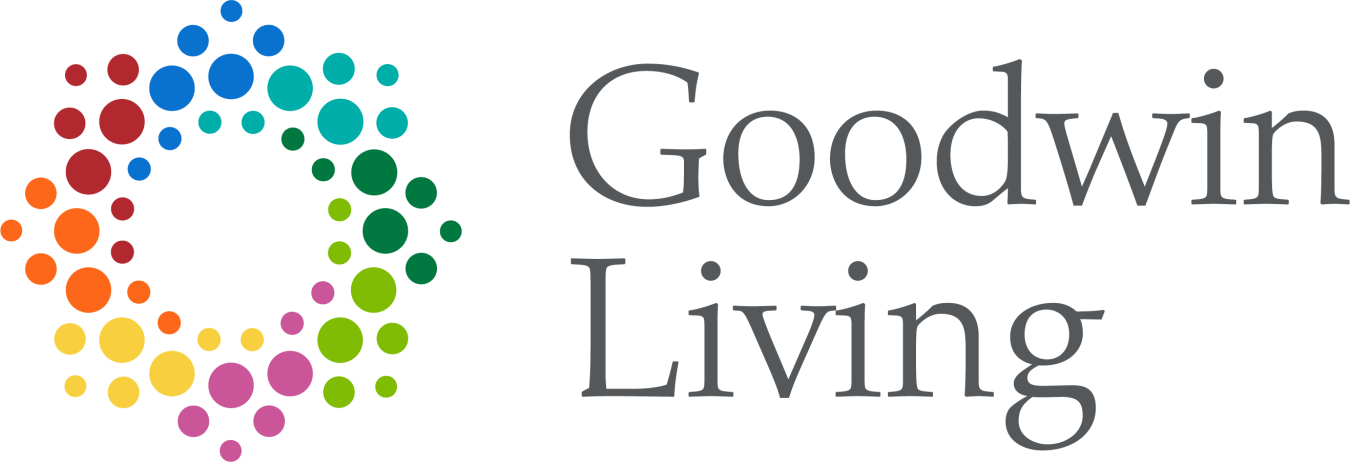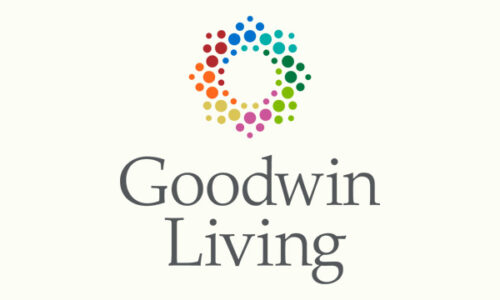January 25, 2022
Anatomy Lesson: The Back, Our Central Support Structure
by Leslie LaPlace
What is a type of pain experienced by many people around the world, often preventing them from going to work and enjoying everyday activities? If you answered back pain, you are correct!
To address “back pain”, we need to understand the parts that make up this central support area of our bodies. As we explore the next area of the body in our ongoing anatomy series, let’s take a look at the structure, bones and muscles of the back. We also will learn how we can strengthen and maintain this critical part of our body.
Basic Structure of the Spine
The spine is the body’s central support structure. It is made up of bones, disks, nerves and the spinal cord. The spine also connects to different parts of your musculoskeletal system and helps you perform everyday functional movements such as sitting, standing, walking, twisting and bending. A healthy spine has three natural curves (cervical, thoracic and lumbar) that create an S-shape. This curvature allows your spine to absorb shocks to your body and protects your spine from injury.
Many different parts make up your spine. Get ready for a lesson in anatomy!
- Vertebrae: 33 stacked vertebrae form your spinal canal, a tunnel that houses the spinal cord and nerves and protects them from injury. Most vertebrae move to allow for a range of motion. There are five different segments of vertebrae in the spine:
- Cervical (neck) vertebrae: These seven vertebrae (C1 to C7) form the top part of the spine. The neck vertebrae enable you to move your head (turning, tilting and nodding). This area of the spine makes an inward C-shape called the lordotic curve.
- Thoracic (middle back) vertebrae: These 12 vertebrae (T1 to T12) form the area of the spine on level with your chest. Your ribs are attached to the thoracic spine. The thoracic area of the spine bends out slightly, making backward C-shape. This shape is called the kyphotic curve.
- Lumbar (lower back) vertebrae: These five vertebrae (L1 to L5) make up the lower part of your spine. The lumbar spine supports the thoracic and cervical areas of the spine. It also connects to your pelvis and bears most of your body’s weight. The lumbar spine takes the stress when you lift and carry things, which is why back problems often occur in the lumbar spine. This area of your spine bends inward, creating a C-shape called the lordotic curve.
- Sacral vertebrae: These five vertebrae (S1 to S5) form a triangle-shaped bone called the sacrum. This area is located at the lowest part of your spine. The sacral vertebrae are fused together and don’t move.
- Coccyx: Also known as the tailbone, the coccyx is a small bone formed of four fused vertebrae. This area is located at the very bottom of your spine. The pelvic floor muscles and ligaments are attached to the coccyx.
- Facet joints: These are spinal joints that contain a slippery connective tissue called cartilage. The cartilage in the joints allows the unfused vertebrae to slide against each other, providing mobility to your spine. It’s because of these joints that you can twist and turn. Facet joints also allow the spine to have flexibility and stability. If you develop arthritis in these joints, it can cause back pain or neck pain.
- Intervertebral disks: These discs are flat, round cushions that sit between the vertebrae and act as shock absorbers for the spine. The disks have soft, gel-like centers surrounded by a flexible outer ring called the annulus. Intervertebral disks are under constant pressure. If the annulus cracks or tears, some of the gel can leak out and cause pain by pressing on nearby spinal nerves. This injury is what is known as a herniated disk.
- Spinal cord and nerves: The spinal cord is made up of a column of nerves that travels through the spinal canal. The canal is the hollow passage created by the vertebrae that runs down the very center of your spine. Your spinal cord extends from your skull down to your lower back. Thirty-one pairs of nerves branch out through vertebral openings called the neural foramen. These nerves carry messages between the brain and the muscles throughout your body.
- Soft tissues: These are the muscles, tendons, ligaments and nerves of your spine. Your spinal ligaments connect the vertebrae and hold your spine in position. Spinal muscles support the back and help you move. Spinal tendons connect your muscles to bone and aid your movement.
Basic Musculature of the Back
Along your back, you have a large group of muscles that are organized into pairs. In each pair, one muscle is on either side (left or right) of the spine. These pairs of muscles provide stability to the trunk, allow for movement of the spine, attach your pelvis and shoulders to your trunk and coordinate the movements of the limbs and trunk.
There are several different layers of muscles in your back that are often pulling in various directions. These muscles are divided into three groups:
1. Superficial back muscles are found just under the skin and primarily control your upper limbs. These muscles include:
- Latissimus dorsi (lats), which help to move the arms, shoulder blades and trunk. They also provide stabilization.
- Trapezius is a large muscle which supports the arm and assists in upper limb movement by controlling the movement of your shoulder blades (raising and lowering). It is a flat, triangular-shaped muscle that courses along the back of your shoulder blade.
- Rhomboids are muscles whose main action is to pull the shoulder blades back (also known as scapular retraction).
2. Intermediate back muscles elevate and depress the rib cage and assist with breathing. There are two major muscles within this category:
- Serratus posterior superior is located at the upper part of your thoracic spine and elevates the ribs while you inhale.
- Serratus posterior inferior is located where your thoracic and lumbar spine areas meet. It helps you force out breath, and to rotate and extend your trunk.
3. Deep muscles are close to the spine and help with posture. These muscles include:
- Erector Spinae muscles travel up the length of your spine and help you bend forward and stand back up, as well as bend side to side. They also help you rotate your spine.
- Transversospinalis Group are deep muscles that help to stabilize the spine.
Thanks for sticking with our anatomy lecture. Now, back to (mostly) everyday English.
Common Back Issues
Many thoracic spine problems are related to poor posture and/or muscle irritation or tension, also called myofascial pain. These muscular problems can arise from any of the following:
- Poor posture (over time, sitting or standing in a slouched position)
- Sitting at a computer for a long time
- Lack of muscular strength
- Disc issues
- Arthritis
- Sciatica
How to Keep Your Spine Healthy
As always, you should consult with your doctor for any medical advice on diagnosing or treating back issues. You should also consult your medical care provider if you have questions about your exercise routine.
To minimize or prevent back problems, consider these suggestions:
- Lift objects carefully and lift with your legs.
- Check your posture. Keep your upper body lifted and your head up. Poor posture can cause back strain or make it worse. Adjust your position if you work in front of a computer. You may need arm or wrist supports or you may need to change the height of your chair.
- Exercise as directed by your doctor. Exercise can help strengthen your muscles and make you more flexible. Unless muscles are specifically exercised, back muscles and abdominal muscles tend to weaken with age. Always warm up your muscles as directed. See this video for some suggested exercises you can perform to strengthen your back.
- Keep your muscles limber by stretching every day. Stretch before and after you exercise.
- Massage can help get blood to injured muscles and can help keep muscles flexible.
If you want to get back to doing the things you love or ensure you have a healthy and stable spine, start your exercise and stretching routine today! Every exercise and stretching activity has the potential to alleviate back pain and even prevent it! Help your back support you in all you want to do!
______________________
Leslie LaPlace, Fitness Manager at Goodwin House Alexandria, is a self described recovering Software Development Project Manager. Leslie parlayed a lifelong love of and belief in the restorative power of exercise into a satisfying career working with adults ages 55 and older. She believes that staying active can help reduce aches and pains—It’s also a great anti-aging remedy. She has more than eight years’ experience working with seniors at Arlington County, The Jefferson, Goodwin House Bailey’s Crossroads and Goodwin House Alexandria. Leslie is a certified personal trainer and aquatic instructor who loves creating a positive and fun training experience. She believes that it’s never too late to improve your strength and balance!





